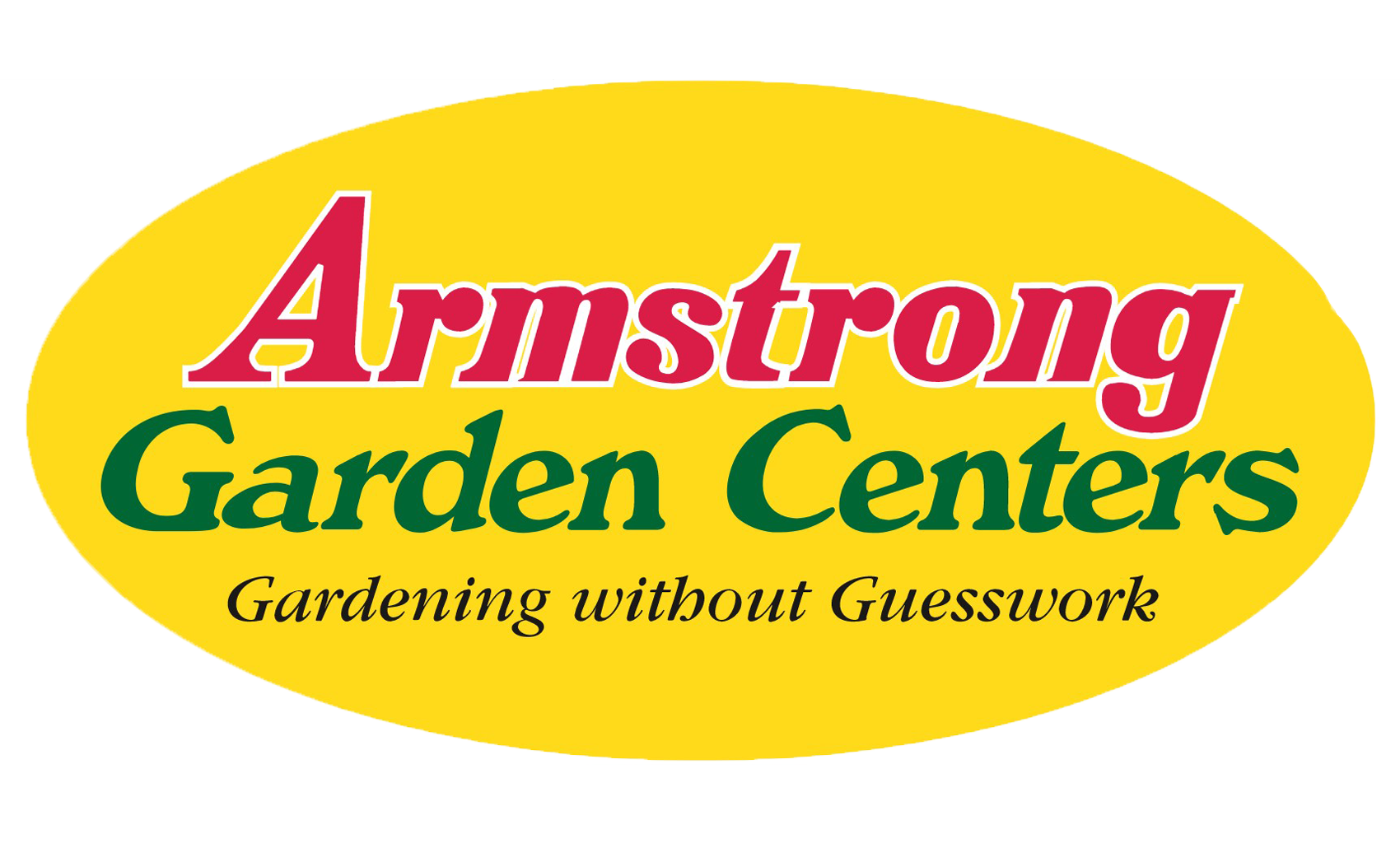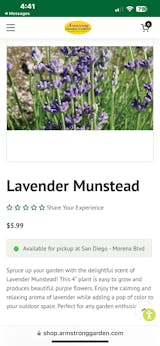Details
Dancy Tangerine is a multi-stemmed evergreen shrub with an upright spreading habit of growth. Its average texture blends into the landscape, but can be balanced by one or two finer or coarser trees or shrubs for an effective composition.
This is a relatively low maintenance shrub, and is best pruned in late winter once the threat of extreme cold has passed. It is a good choice for attracting birds, bees and butterflies to your yard. It has no significant negative characteristics.
Dancy Tangerine is recommended for the following landscape applications:- Accent
- Hedges/Screening
- Orchard/Edible Landscaping
- Container Planting
Features
Dancy Tangerine features showy clusters of fragrant white star-shaped flowers at the ends of the branches from mid to late spring. It features an abundance of magnificent orange berries from late fall to late winter. It has dark green foliage with hints of bluish-green. The glossy oval leaves remain dark green throughout the winter.
This plant is primarily grown as an ornamental, but it's also valued for its edible qualities. The small sweet fruit is most often used in the following ways:
- Fresh Eating
- Cooking
- Baking
- Preserves
- Juice-Making
- Sauces
Care
Planting & Growing
Dancy Tangerine will grow to be about 10 feet tall at maturity, with a spread of 8 feet. It has a low canopy with a typical clearance of 1 foot from the ground, and is suitable for planting under power lines. It grows at a medium rate, and under ideal conditions can be expected to live for 50 years or more. This is a self-pollinating variety, so it doesn't require a second plant nearby to set fruit.
This shrub does best in full sun to partial shade. It prefers to grow in average to moist conditions, and shouldn't be allowed to dry out. It is not particular as to soil type or pH. It is somewhat tolerant of urban pollution. This is a selected variety of a species not originally from North America.
Dancy Tangerine makes a fine choice for the outdoor landscape, but it is also well-suited for use in outdoor pots and containers. Its large size and upright habit of growth lend it for use as a solitary accent, or in a composition surrounded by smaller plants around the base and those that spill over the edges. It is even sizeable enough that it can be grown alone in a suitable container. Note that when grown in a container, it may not perform exactly as indicated on the tag - this is to be expected. Also note that when growing plants in outdoor containers and baskets, they may require more frequent waterings than they would in the yard or garden.






























